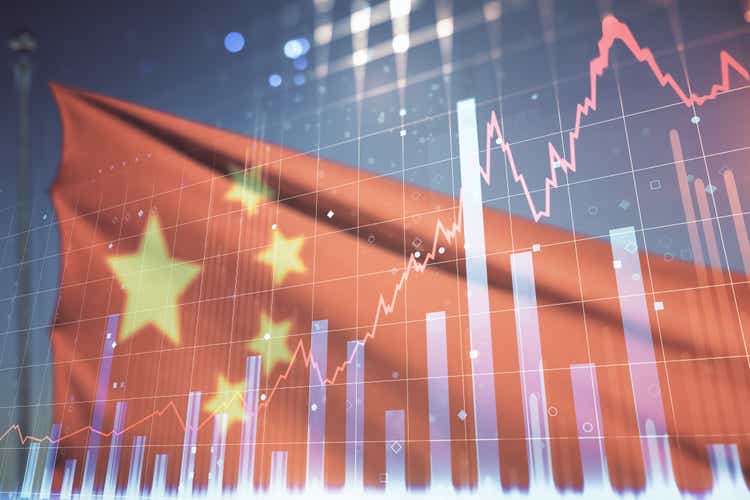Igor Kutyaev
Weak Chinese growth has been a cause of widespread global concern, posing risks to both emerging economies and developed nations looking to renormalize their economies.
However, recent money supply trends suggest China’s economy is not out of the woods yet. A return to robust growth may still be far off.
This chart shows the difference between M1 money supply and M2 money supply relative to the Producer Price Index (PPI) in China.
The sizable gap between M1 and M2 suggests a lack of “animal spirits” in the Chinese economy, manifesting in an unwillingness of corporations to invest, which in turn is exerting deflationary pressure.
To fuel growth, money needs to move from M2 to M1 before those funds are invested. Furthermore, the M1-M2 gap leads the PPI deflation by about six months, implying there is no significant uptrend in investment coming near term.
Definitions
M1 represents the narrow money supply that includes cash, demand deposits, and other liquid deposits.
M2 measures the broad money supply that includes M1 plus short-term time deposits readily converted to cash, such as savings and money market accounts, and certificates of deposits.
Producer Price Index (PPI) measures the average change in selling prices over time received by domestic producers for their output.
Editor’s Note: The summary bullets for this article were chosen by Seeking Alpha editors.



